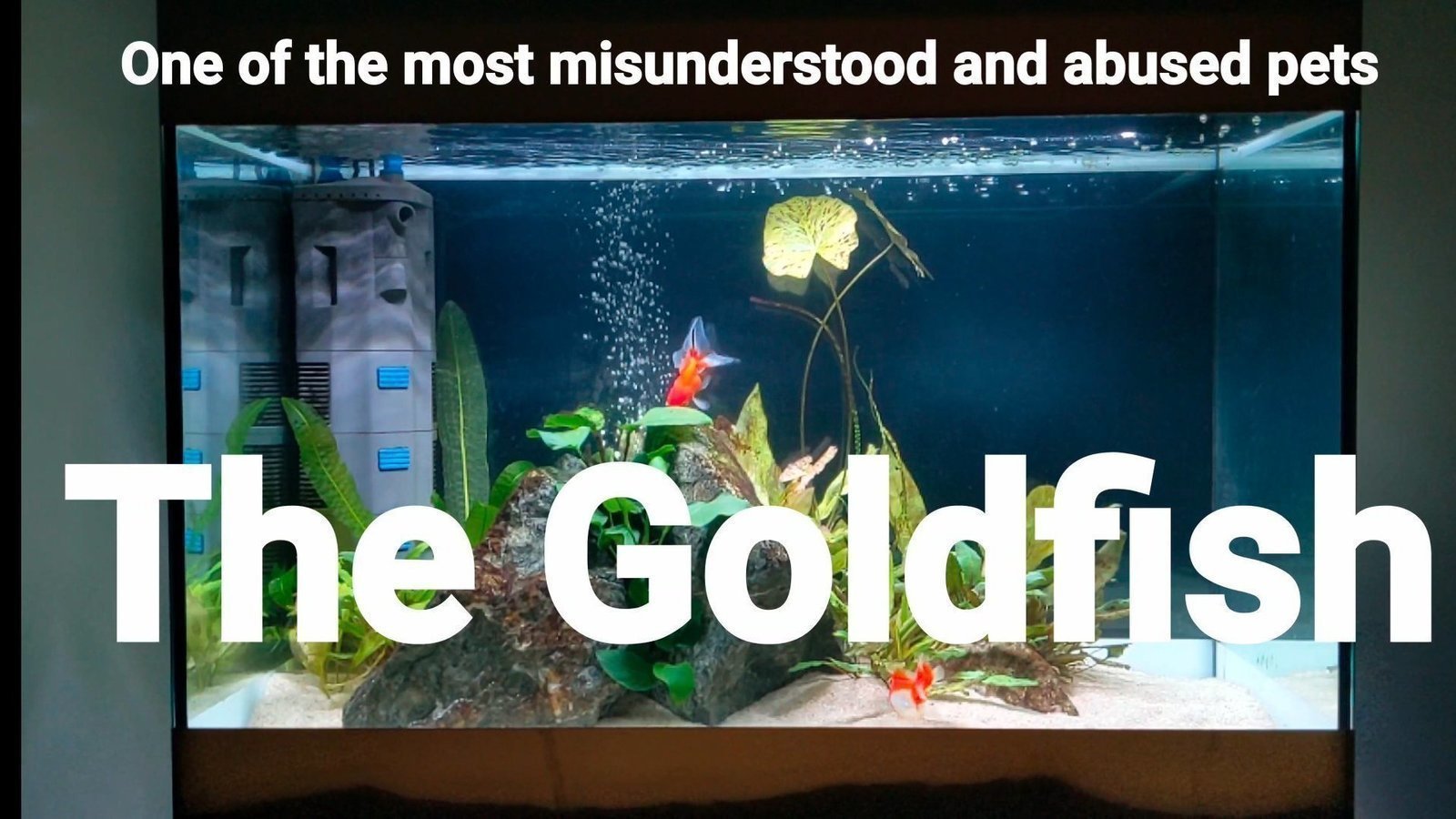The phenomenon of eating a goldfish, long relegated to the realm of cringe-inducing stunts, raises profound questions regarding the boundaries of animal cruelty and societal norms. While societal fascination with such acts often seems superficial—rooted in a blend of shock value and spectacle—deeper motivations and implications warrant a thorough examination. This blog delves into the moral conundrum surrounding the consumption of goldfish, an issue that intertwines ethical considerations, cultural contexts, and our ever-evolving understanding of the animal kingdom.
In recent times, viral videos depicting individuals consuming goldfish have swept across social media platforms, eliciting responses that range from laughter to horror. What compels individuals to engage in such tasteless spectacles? At first glance, one might dismiss these acts as mere antics aimed at garnering attention, yet the fascination transcends mere shock. It speaks to a broader cultural commentary on our relationship with pets, animals, and the sanctity of life.
Goldfish, often viewed as symbols of innocence and domesticity, inhabit a paradoxical space in our consciousness. On one hand, they are beloved pets, often found adorning aquariums in homes and offices, representing tranquility and companionship. On the other hand, their ease of care can lead to a misguided perception that they are expendable. This duality raises vital ethical queries: are goldfish deserving of the same moral consideration granted to dogs or cats? The answer may lie in understanding the nature of sentience and the capacity for suffering within these aquatic animals.
Scientific research suggests that fish experience pain, fear, and stress, much like their terrestrial counterparts. Goldfish possess a complex nervous system and exhibit behaviors indicative of distress when subjected to adverse conditions. Therefore, the act of consuming a goldfish is not merely an outlandish stunt; it is a flagrant disregard for the suffering inherent in an act often dismissed as insignificant. Such behavior reveals latent attitudes that, when examined, reflect a troubling desensitization to animal welfare—particularly for creatures perceived as ‘lesser’ or ‘simpler.’
In a society replete with evolving awareness of animal rights, the ironic juxtaposition of enjoying a goldfish as a pets while simultaneously trivializing its life through consumption unveils a profound moral discrepancy. Critics argue that our fascination with viral stunts like eating goldfish is emblematic of a broader cultural malaise—a shallow pursuit of virality that prioritizes entertainment over empathy. Yet, this raises further questions: to what extent is the public complicit in the absurdity, and how does the virality of such actions inform societal values related to animal ethics?
Furthermore, those who promote or engage in these viral acts often rationalize their behavior as a commentary on societal norms or a challenge to the status quo. Such justifications unearth a deeper dialogue about the interplay between tradition and modernity in our treatment of animals. While some cultures have historically consumed fish as a staple part of their diet, the consumption of goldfish serves to reinforce a larger critique on the commodification of animal lives for entertainment. This invites reflection on the ethical implications of our dietary choices and the responsibilities we hold as consumers.
Moreover, the quest for notoriety often leads individuals to obscure the fine line that separates performance art from animal cruelty. Distinguishing between genuine artistic expression and base exploitation is critical. The moral ramifications of leveraging an animal’s life for the sake of clicks can easily lead to a desensitization towards the intrinsic value of life. As observers, we must question what it means to derive amusement or engagement from acts that inflict harm—intentional or not—on living beings. This contemplation is devoid of nuance if we simply reduce these stunts to mere entertainment without grappling with the underlying ethical implications.
The quest for empathy plays a pivotal role in how society perceives animal welfare. Just as we demand compassion and understanding towards human suffering, an equitable ethical framework necessitates an equally robust stance on the welfare of all sentient beings, regardless of their species. Viewing goldfish—and indeed all animals—as components of a shared ecosystem inspires a greater responsibility to advocate against their mistreatment and trivialization. In fostering this perspective, we can begin to dismantle the ingrained sense of detachment that permits such acts to exist unchallenged.
Concluding the discourse, it is essential to recognize that the consumption of goldfish—whether conducted as a stunt or as part of ‘edgy’ content—intervals between fascination and cruelty. As consumers of content, we must cultivate an acute awareness of the ethical implications embedded in our engagements with animals. Encouraging conversations over the value of empathy, using educational platforms to raise awareness, can help mitigate the allure of animal exploitation under the guise of entertainment.
Through this lens, the seemingly innocuous act of consuming a goldfish serves as a microcosm for larger ethical dilemmas surrounding animal rights. It invites us to critically assess our interactions with the animal kingdom and explore the societal structures that permit such behaviors to persist unexamined. Every creature, regardless of its size or species, deserves respect and consideration, reinforcing the urgent necessity for ongoing discourse in the fight against animal cruelty.








